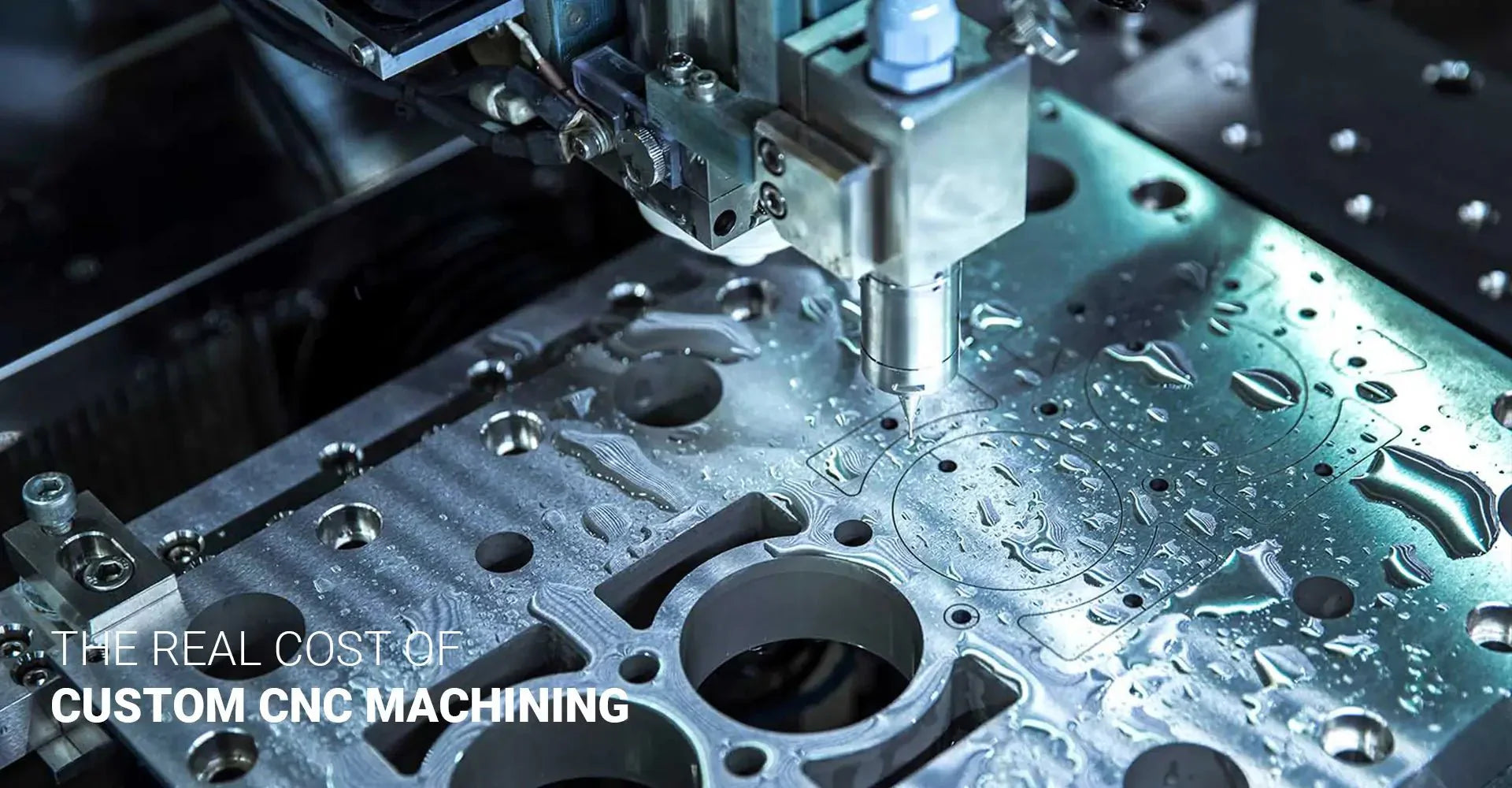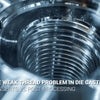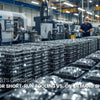What Is The Real Cost of Custom CNC Machining in 2025?

What Is The Real Cost of Custom CNC Machining in 2025?

In today's manufacturing landscape, understanding the costs associated with custom CNC machining is crucial for businesses seeking precision parts and components. Whether you're a startup prototyping your first product or an established manufacturer looking to optimize costs, knowing what influences CNC machining prices can significantly impact your bottom line.
The world of CNC machining costs can seem complex at first glance, but breaking it down into manageable components makes it easier to understand and budget for your projects. From basic machine hourly rates ranging from $12 to $200 to material selection and quantity considerations, we'll explore everything you need to know about CNC machining costs.
Before diving into the details, it's important to note that while initial costs might seem high, custom CNC machining services often prove more cost-effective in the long run due to their precision, reliability, and reduced waste.
Table of Contents
- Understanding the Basics of CNC Machining Costs?
- What Factors Drive Custom CNC Machining Prices?
- How Do Material Choices Impact Your Bottom Line?
- What Are the Smart Ways to Reduce CNC Machining Costs?
Understanding the Basics of CNC Machining Costs?
The foundation of CNC machining costs lies in understanding how different service providers structure their pricing. Modern manufacturing facilities equipped with advanced CNC turning and milling capabilities typically base their quotes on several fundamental factors.
Global pricing varies significantly across regions, with rates ranging from $12-$25 per hour in China to $35-$150 per hour in the USA and Europe. These variations reflect differences in labor costs, equipment quality, and operational overhead.
When examining the base costs of CNC machining, it's crucial to understand that the hourly rate is just the beginning. Equipment depreciation, operator expertise, facility overhead, and quality control processes all contribute to the final price. For instance, a facility offering custom CNC milling services might charge higher rates due to their specialized capabilities and precision equipment.
What Factors Drive Custom CNC Machining Prices?
Several key elements influence the final cost of your CNC machined parts, making each project unique in its pricing structure. Understanding these factors helps in making informed decisions about your manufacturing needs.
Machine complexity plays a significant role in cost determination. While 3-axis machines operate at lower hourly rates ($40-$50), advanced 5-axis systems can command $80-$200 per hour due to their enhanced capabilities and precision.
Beyond machine selection, labor costs typically constitute 30-40% of the total project cost. Skilled operators commanding $30-$50 per hour ensure quality output but impact the final pricing. Setup times, programming requirements, and quality control procedures further contribute to the overall cost structure.
How Do Material Choices Impact Your Bottom Line?
Material selection stands as one of the most critical decisions affecting both cost and performance of CNC machined parts. The choice between different materials can significantly impact machining time and tool wear.
Common materials like aluminum 6061 offer an excellent balance of cost and machinability, while stainless steel can increase costs by 200-300% due to increased machining time and tool wear.
The relationship between material properties and machining costs extends beyond just the raw material price. Harder materials require slower cutting speeds, more frequent tool changes, and specialized coolants, all of which add to the final cost. However, selecting the right material for your application can lead to long-term cost savings through improved performance and durability.
What Are the Smart Ways to Reduce CNC Machining Costs?
Implementing strategic approaches to cost reduction can significantly impact your CNC machining budget without compromising quality. Understanding and applying these strategies can lead to substantial savings.
Bulk ordering presents one of the most effective ways to reduce per-unit costs, with potential savings of up to 57.68% when ordering 100 units compared to single-piece production.
Smart design optimization, material selection, and order quantity planning can dramatically reduce costs. Consider these proven strategies:
- Simplify designs where possible without compromising functionality
- Choose readily available materials with good machinability
- Plan for larger production runs to benefit from economies of scale
- Work with experienced manufacturers who can suggest cost-saving alternatives
Conclusion
Understanding CNC machining costs involves considering multiple factors, from material selection to production volume. By carefully evaluating these elements and working with experienced manufacturers, you can optimize your manufacturing budget while maintaining quality standards.
External Links:
-
Posted in
CNC machining, CNC milling, CNC turning, Custom CNC machining Cost





